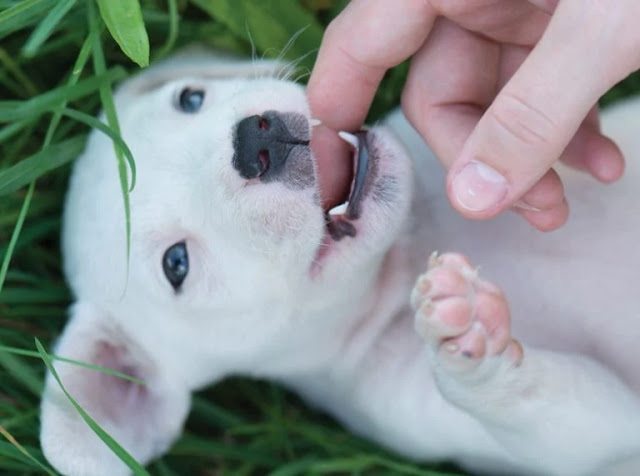Mastering Feline Control: Techniques for Teaching Commands to Cats
Cat Behavior Modification
Cats are known for their independent nature and strong-willed personalities. Unlike dogs, who are more easily trainable, cats often require a different approach when it comes to obedience training and command teaching. In order to master feline control and effectively teach commands to cats, it is important to understand their behavior and employ the right techniques. In this blog post, we will explore various methods and strategies for cat behavior modification.
Cat Obedience Training
Obedience training is an essential part of owning a cat. By teaching your feline friend basic commands, you can ensure their safety, prevent unwanted behaviors, and strengthen the bond between you and your cat. While it may be challenging to train a cat compared to a dog, with patience and consistency, you can achieve remarkable results.
Understanding Cat Behavior
Before diving into command training techniques, it is crucial to have a basic understanding of cat behavior. Cats are natural predators and have a strong sense of independence. They are motivated by their own desires rather than seeking to please their owners, making training more challenging. However, by tapping into their natural instincts and employing positive reinforcement, you can effectively modify their behavior and teach them commands.
Positive Reinforcement
One of the most effective techniques for cat behavior modification is positive reinforcement. Cats respond well to rewards and incentives, such as treats and praise. When your cat performs a desired behavior or follows a command, immediately reward them with a treat or a verbal acknowledgement. This positive association will encourage them to repeat the behavior in the future.
Clicker Training
Clicker training is another popular method for teaching commands to cats. The clicker serves as a signal that indicates when your cat has performed the desired behavior correctly. By pairing the clicker sound with a reward, such as a treat, your cat will learn to associate the sound with a positive outcome. Over time, you can gradually phase out the treats and rely solely on the clicker as a reward.
Consistency is Key
Consistency is crucial when it comes to training cats. Cats thrive on routine and predictability, so it is important to establish a consistent training schedule. Set aside regular training sessions each day and stick to them. Reinforce the same commands and behaviors consistently, and avoid confusing your cat by using different cues for the same command.
Patience and Persistence
Training a cat requires patience and persistence. Remember that cats are independent creatures, and progress may come at a slower pace compared to dogs. Be patient with your cat, and avoid getting frustrated if they don’t grasp a command right away. Positive reinforcement and consistency will eventually yield results.
Understanding Cat Body Language
When training your cat, it is essential to pay attention to their body language. Cats communicate through various signals, and understanding their cues can help you gauge their comfort level and adjust your training techniques accordingly. For example, a cat with an arched back or hissing may be displaying signs of fear or aggression, indicating that you should back off and approach training in a different way.
Introducing New Commands
When introducing a new command to your cat, it is important to start with simple tasks and gradually increase the difficulty level. Begin with basic commands such as “sit” or “come” and reward your cat when they successfully perform the command. As they become more comfortable and proficient, you can move on to more advanced commands.
Avoid Punishment and Negative Reinforcement
It is important to note that punishment and negative reinforcement should never be used when training cats. Unlike dogs, cats do not respond well to harsh treatment or scolding. Instead, focus on positive reinforcement and reward-based training methods. Punishment can create fear and anxiety in your cat, leading to undesirable behaviors and a strained relationship.
Training Tools and Toys
There are various training tools and toys available that can aid in cat behavior modification. Treat-dispensing puzzle toys can engage your cat’s mind and encourage them to work for their rewards. Interactive toys, such as feather wands or laser pointers, can provide mental and physical stimulation while reinforcing positive behaviors.
Seeking Professional Help
If you are struggling with training your cat or need additional guidance, it may be beneficial to seek the help of a professional animal behaviorist or a certified cat trainer. These experts have experience and knowledge in working with cats and can provide personalized training plans and strategies tailored to your cat’s specific needs.
Conclusion
Mastering feline control and teaching commands to cats requires understanding their behavior, employing positive reinforcement techniques, and being patient and consistent. By approaching training with a positive and reward-based mindset, you can modify your cat’s behavior and strengthen the bond between you and your feline friend. Remember that every cat is unique, so be flexible in your approach and adjust your training methods accordingly.













